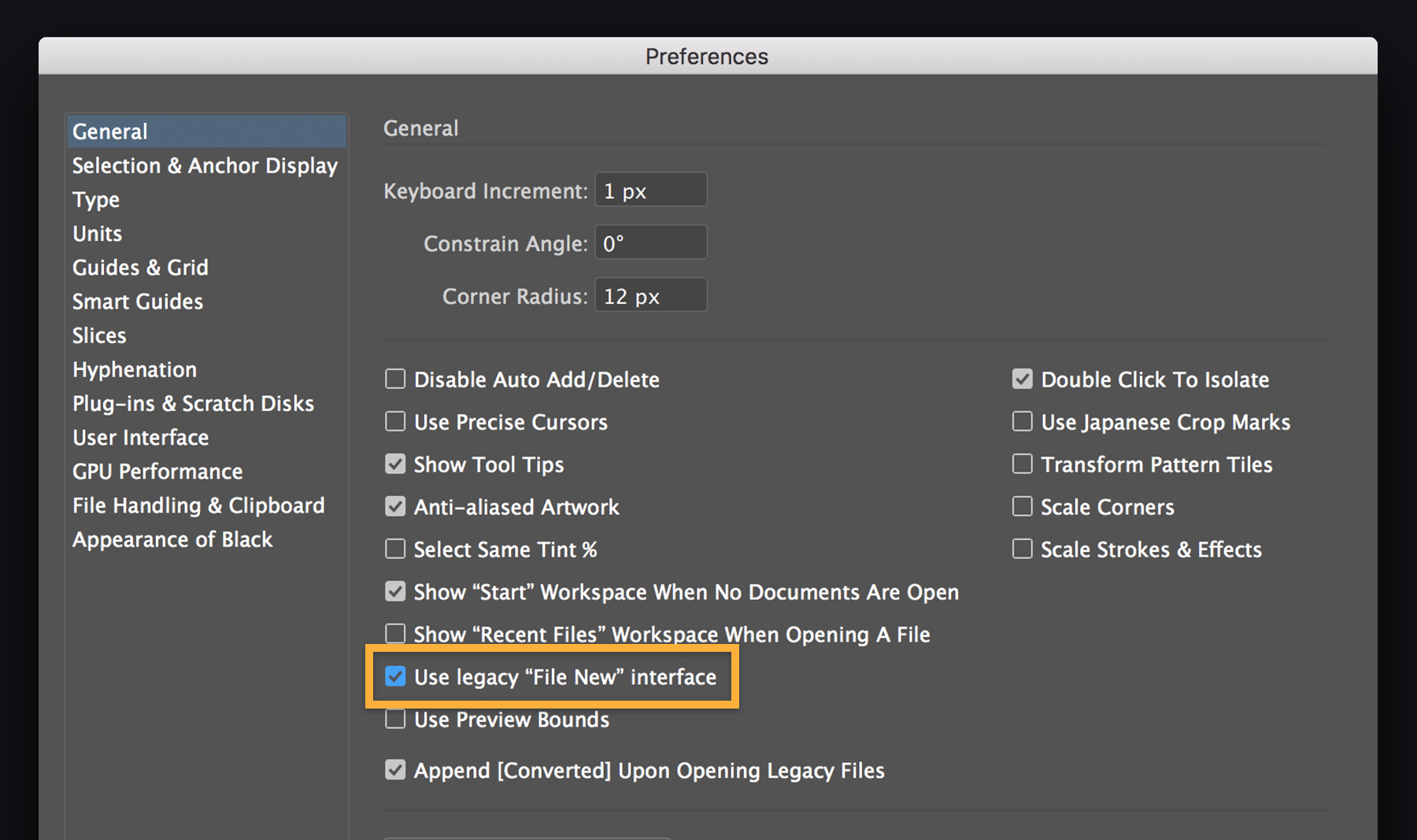From the pop-up menu, choose an application that Mac OS X believes will open this document type. (Optional) If you click the Change All button at the bottom of the Open With pane, you make Pixelmator the new default application for all.tif files that would otherwise be opened in Preview. OK, I finally figured it out with the following approach: Open finder to the top-level directory you wish to search; Press ⌘ + F; From the search menu options, on the left, choose other; Click the checkbox under the In Menu column for file extension from the popup window and close the popup window by pressing OK; Select file extension from the search menu; Type your file extension in the. Finding files and folders on the Mac became easier when Spotlight was introduced in OS X Tiger (10.4), but locating files through the command line can be a bit tricker. File Type Search. Show or hide filename extensions on Mac. A filename extension appears at the end of some filenames, and looks like a period followed by a few letters or words (for example,.jpg). A file’s filename extension shows what type of file it is and what apps can open it.
Important:This document may not represent best practices for current development. Links to downloads and other resources may no longer be valid.
The following sections discuss the file systems supported by OS X and the impact they can have on application performance.
Supported File Systems
OS X supports a variety of file systems and volume formats, including those listed in Table 1. Although the primary volume format is HFS Plus, OS X can also boot from a disk formatted with the UFS file system. Future versions of OS X may be bootable with other volume formats as well.
File System | Description |
|---|---|
HFS | Mac OS Standard file system. Standard Macintosh file system for older versions of Mac OS. |
HFS Plus | Mac OS Extended file system. Standard Macintosh file system for OS X. |
UFS | Unix File System. A variant of the BSD “Fast File System.” |
WebDAV | Used for directly accessing files on the web. For example, iDisk uses WebDAV for accessing files. |
UDF | Universal Disk Format. The standard file system for all forms of DVD media (video, ROM, RAM and RW) and some writable CD formats. |
FAT | The MS-DOS file system, with 16- and 32-bit variants. |
SMB/CIFS | Used for sharing files with Microsoft Windows SMB file servers. |
AFP | AppleTalk Filing Protocol. The primary network file system for all versions of Mac OS. |
NFS | Network File System. A commonly-used BSD file sharing standard. OS X supports NFSv2 and NFSv3 over TCP and UDP. |
FTP | A file system wrapper for the standard Internet File Transfer Protocol. |
Accessing File-System Data
Every file system stores metadata about the files in the file system. This metadata describes the file but is not part of the file itself. The metadata for a file can include attributes such as Mac OS file type information, BSD-style file access permissions, and creation and modification dates. Because of the differences in how file systems store this data, accessing metadata can be a potentially expensive operation on some file systems.
It’s important to realize that if a piece of data is not immediately present in the file system, that information might have to be calculated. Retrieving file-system information is a time-consuming operation as it is, but if the information must be calculated or read separately from disk, it becomes even more time-consuming. The valence of a directory—the number of items in that directory—is a typical example of information that must be calculated on most file systems.
When calling file-system routines, you should always carefully consider what information you actually need and request only that information. For example, a single call to PBGetCatInfoSync returns Finder file type information from a file or folder. On HFS and HFS Plus file systems, the penalty for retrieving this metadata is minimal because it is stored in the file’s catalog node and read into memory along with the file name. However, on other file systems, this data may have to be read separately, incurring another read operation. Instead of PBGetCatInfoSync, you should have used FSGetCatalogInfo or PBGetCatalogInfoSync and specified exactly which pieces of information you wanted.
Mac Os Search For File Type
Mac Os Search For File Type Linux

Copyright © 2003, 2014 Apple Inc. All Rights Reserved. Terms of Use | Privacy Policy | Updated: 2014-03-10

